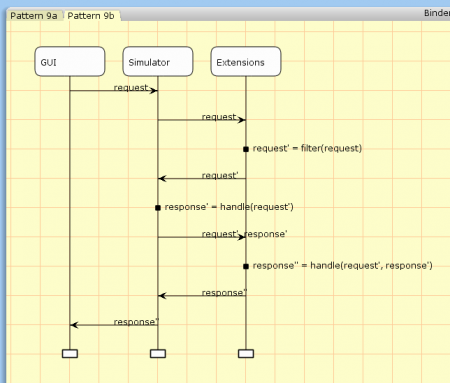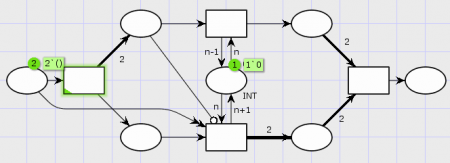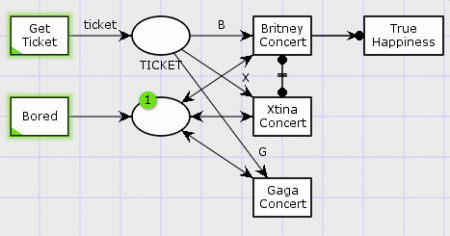By far, the biggest new feature in CPN Tools 4 is simulator extensions. Simulator extensions makes it possible to add functionality to CPN Tools written in Java. This feature describes the basics of simulator extensions: their architecture, the available communication patterns, and the Java interface for extensions. […]
CPN Tools 4 Extensions: Part 1: Basics


